Thousands of ICE detainees at high risk amid coronavirus pandemic
Groups demand ICE release immigrants to avoid ‘inevitable’ outbreak in centres where social distancing is ‘impossible’.
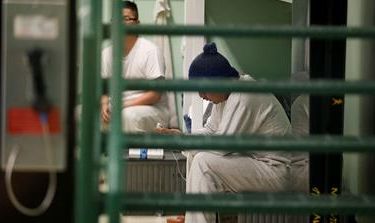
Seattle, Washington – It was likely one of Alfredo Espinoza Esparza’s coworkers who left an anonymous tip that there were undocumented workers at a restaurant in Spokane, Washington.
United States Immigration and Customs Enforcement (ICE) officials showed up at the restaurant soon after and detained Espinoza in a facility near Seattle, leaving his wife and children, who are US citizens, without a husband and father.
Keep reading
list of 2 itemsWhat happens if you catch the new coronavirus?
In January, Espinoza, 41, had a heart attack. A few weeks later, the first coronavirus case appeared not too far from the detention facility where he is being held, in Tacoma, about 40 miles (64km) south of Seattle.
As a patient with two underlying conditions, he is at increased risk of contracting COVID-19, and as a detainee in a close-quarter facility, he is at such high risk that detention violates his constitutional rights, human rights groups say.
“He is terrified, and his family is terrified,” said Matt Adams, legal director of the Northwest Immigrant Rights Project (NWIRP).
On Monday, the NWIRP and the American Civil Liberties Union (ACLU) sued the US government to release Espinoza and eight others who also have underlying health conditions that put them at greater risk of mortality from the novel coronavirus.
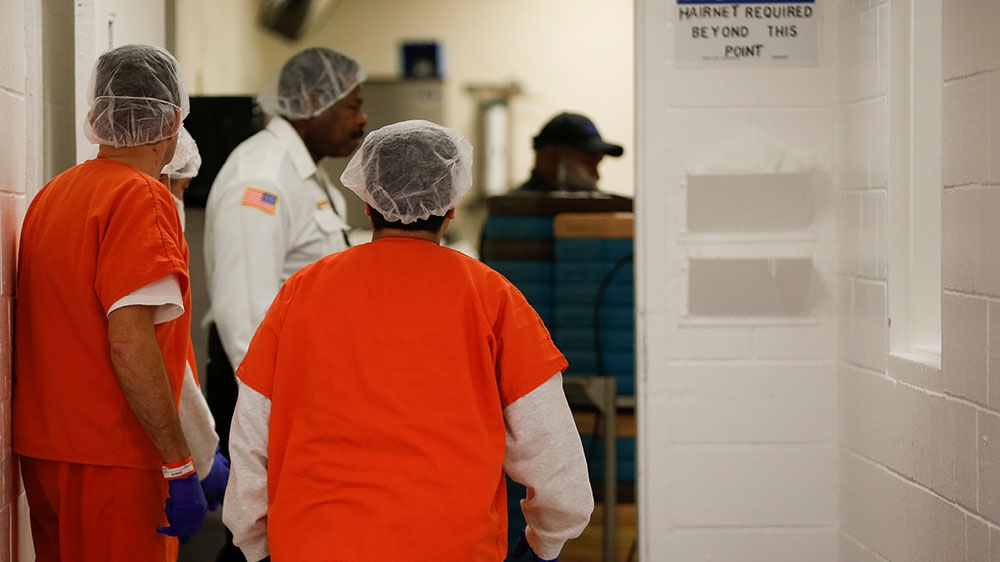
The elderly and people who have previous health conditions have the highest risk of contracting the infectious disease and of dying from the virus that has claimed more than 9,800 lives worldwide – and more than 150 in the US. Immigration detention facilities serve as virus hot spots, due to congregate living and track records of poor sanitation and hygiene, experts say.
The lawsuit argued that ICE compromises the health of detainees by keeping them in detention. Release would be the healthiest option, the advocates said.
“They are absolutely endangering their lives. It’s deliberate indifference,” said Adams. “There’s no way to make sure they are not exposed to this. It is almost inevitable given where we’re at here in Washington state, the number of cases that have already been diagnosed and the cases increasing by the day.”
The ACLU and NWIRP had sent a letter to the Tacoma facility on March 10 requesting that at-risk detainees be released, but when they received no response, they sued.
Late on Thursday, the judge in the case denied the group’s request to release the immigrants at the facility because there are no known cases of COVID-19 in the centre.
“We strongly disagree with ICE’s assertion that the harm is not imminent simply because the agency has not yet publicly confirmed any cases of COVID 19 at the NWDC,” Adams said in a statement after the decision.
“We will continue pushing forward to challenge the detention of our vulnerable clients during this pandemic. I just hope our clients do not succumb to severe illness or death before we can procure their release,” he added.
40,000 people detained
More than 40,000 people are held in immigration detention facilities around the US, mainly on the grounds that they failed to follow procedure in entering or working in the US. In the Tacoma facility with capacity for more than 1,500, roughly 1,000 are held, but lawyers are unsure how many could be at increased risk if the virus enters the facility, which is run by private company GEO Group.
“I think this really calls into question why we are detaining so many people in these facilities that have a lot of risks in terms of health in outbreaks, even in regular times,” said Enoka Herat, Police Practices and Immigration Counsel for ACLU Washington.
“We all know there is no vaccine, there is no cure, and the only defence we have is social distancing,” Herat said. “And when you’re in a detention facility, that’s impossible.”
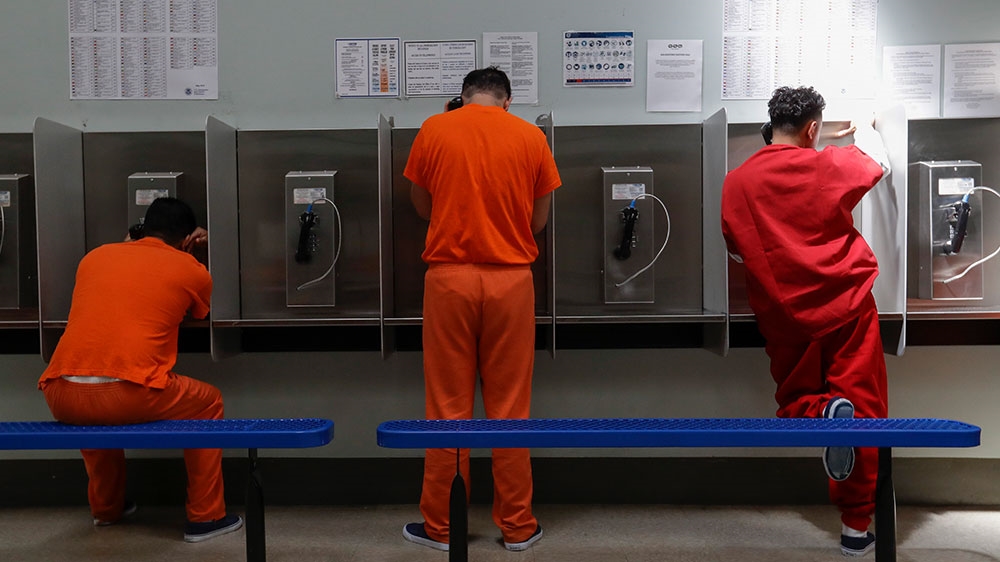
Several counties in the US have considered releasing their prisoners or jail inmates for their safety and to reduce the spread of the virus. Other countries have already done so. Iran temporarily released 85,000 prisoners to combat the spread of the virus in the Islamic Republic, where people have experienced one of the worst national outbreaks after China.
All these facilities are “incubators” for viruses and can further promote the spread due to close contact between people, said Robert Greifinger, an expert on healthcare in prisons and jails whose testimony was used in the lawsuit.
“Thinning out the population can be done, so there is less chance that if detainees and staff got infected a virus gets in,” Greifinger said.
“It’s really hard to maintain a distance of six feet [1.8 metres]. And in my experience, facilities have a hard time keeping enough sanitation, enough soap,” he added. “And the best way to protect them is to let them go home.”
‘Virtually impossible’
In a high-profile case last year, 16-year-old Guatemalan Carlos Gregorio Hernandez Vasquez was diagnosed with the flu and a 103-degree fever. He died overnight in a detention centre in Texas. Nine other people have died in detention centres since October last year, when ICE struggled with a nationwide outbreak of mumps.
“In normal circumstances, ICE has proven time and again that it is unable to protect the health and safety of detained people. These are not normal circumstances, and the heightened risk of serious harm to people in detention from COVID-19 is clear,” said Eunice Cho, senior staff lawyer at the ACLU’s National Prison Project.
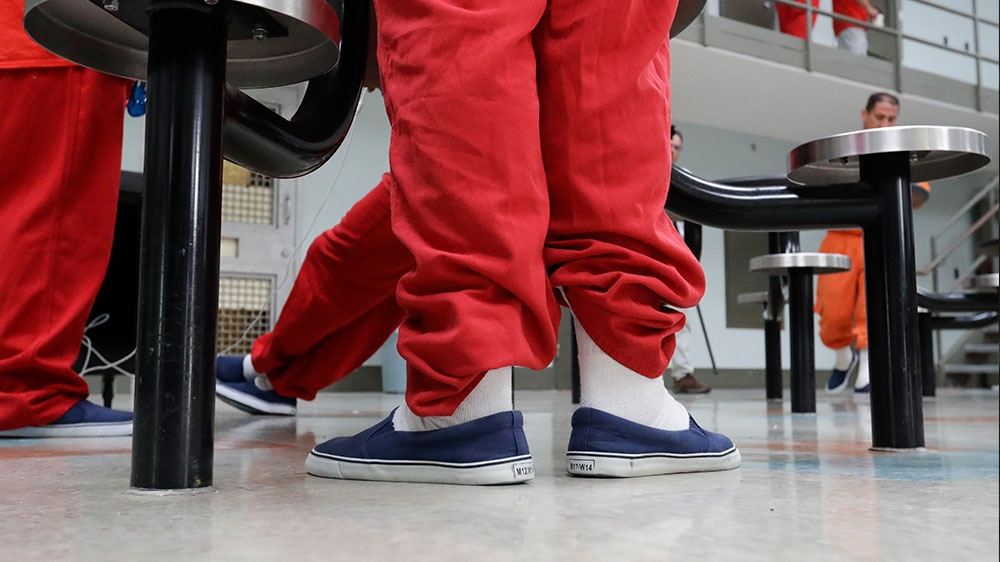
ICE has not responded to requests for comment, but its website indicated that it implemented in January a “pandemic workforce protection plan”. By Thursday, no coronavirus cases were known to have been found it ICE detention facilities.
On Wednesday, ICE said that it would “temporarily adjust its enforcement posture” and “focus enforcement on public safety risks and individuals subject to mandatory detention based on criminal grounds”.
The US Acting Deputy Secretary of the Department of Homeland Security, Ken Cuccinelli, later clarified on Twitter that ICE will “continue to prioritize arresting and removing criminal aliens and other aliens who pose a threat to public safety”.
“That does not mean that no other removable aliens will in fact be removed, but during the current public health situation, removals will be done in such a way as to minimize the exposure of our agents and of the removable aliens we are encountering,” he added.
Michele Heisler, a professor of internal medicine at the University of Michigan, said that “even if ICE is doing all they can, it’s really virtually impossible to engage in the necessary sanitation and hygiene to reduce risk”.
In a county neighboring the Tacoma facility, one of the worst coronavirus outbreaks occurred in a similar enclosed environment, a nursing home that became a hot spot and led to the deaths of 32 so far.
Infectious disease experts also say detention facilities should consider releasing their most at-risk detainees before cases begin to come to their region.
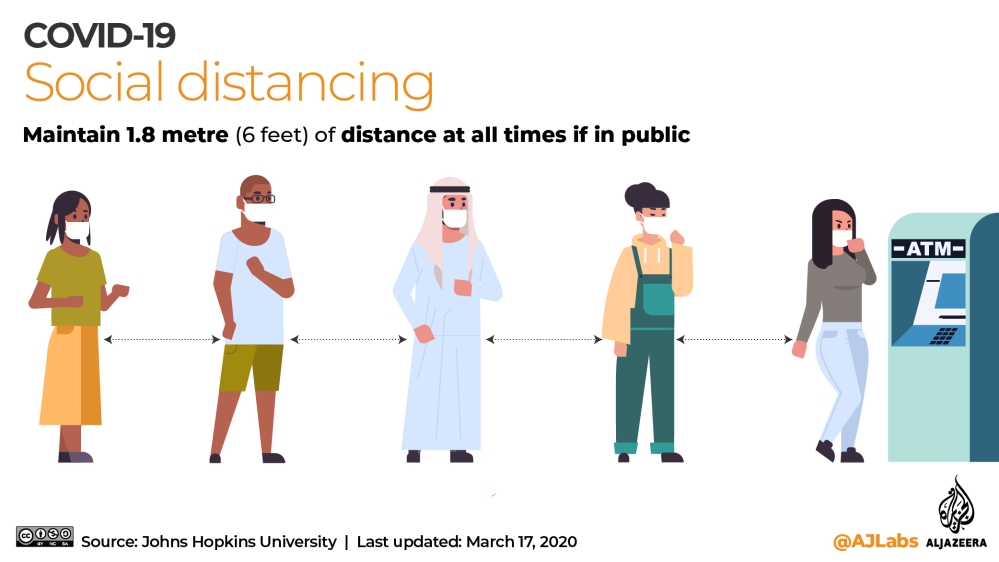
“When you talk to correctional health experts, they’ve recommended the release of the most vulnerable, and really most experts have argued for emptying of facilities,” said Heisler, who is also the medical director at Physicians for Human Rights. “And in the case of ICE detention, they’re not detained for criminal acts, just civil infractions.”
Greifinger said that “we as a society have to make a decision on which is riskier: whether we want to risk the lives of staff and detainees or whether we want to reduce that risk, but the consequence of that is there are fewer in jail”.
He added: “And that is political decision.”